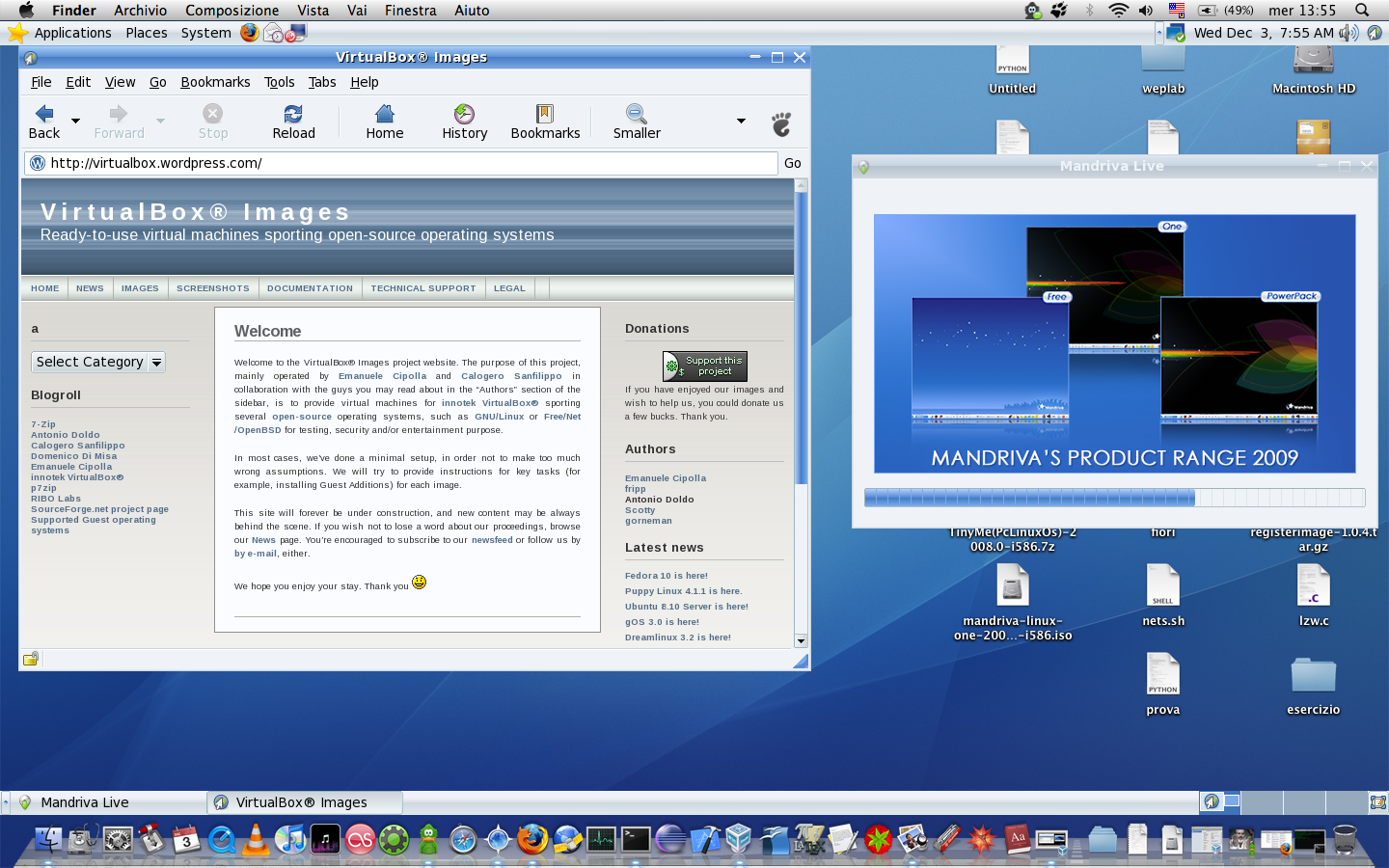

Furthermore, the services being provided by these servers are used constantly by network devices this means having a specific address assigned to the server/service will always allow the devices relying on said service to always find their way since the IP address does not change.Īs we delve into other services in the future, such as DNS or Email, static IP assignments will not be optional, but rather a requirement. The main reason for this being that while nodes and mobile devices come and go on the network, typically, servers do not. Note**: Assigning a static IP address to a network connection, while optional for configuring Open Directory, is highly advised. This quickly becomes an issue that increases latency – causing the end-users to have to wait longer for the requests to be processed by the server – and that’s never good! While wireless connections have become ubiquitous, they also suffer severely from bandwidth reduction as more and more users access network resources from the Wi-Fi connections on their computer, smartphones and tablets. Due to the higher bandwidth offered by a NICs (Network Interface Cards) Gigabit port, this allows the most amount of data to be sent/received without possibly becoming a bottleneck.

Note*: Best practices recommend a wired, Ethernet connection is used for any server that will be providing services on a network to other nodes. Static IP Address assigned to network connection **.OS X Server 10.7 (Lion) or 10.8 (Mountain Lion) installed.Apple Computer or Server running OS X 10.7 (Lion) or 10.8 (Mountain Lion).Prerequisites to configure Open Directory Even those configuring OD for the first time will pick it right up, as Apple’s design sense makes this task as easy as a few keystrokes and mouse clicks. This makes network/system admin management tasks simpler to perform since all the data is stored and organized in one container, from a handful of computers on your SOHO (Small Office, Home Office) LAN to one that spans the WAN (Wide Area Network) infrastructure of the entire enterprise.Īnyone with experience in setting up or managing Active Directory from Microsoft will feel right at home working with Apple’s Open Directory. After having installed OS X Server and having a chance to experiment with all the possible service configurations, I felt it a natural progression to cover the setup of Open Directory.Ī directory service is not a requirement to run any of OS X Server’s services by any means however, the purpose of a setting up a directory is to have a centralized point of management for all network resources - users, nodes, shares, and more - all have their place in the directory database.
#Apple os x server one directory how to#
Here's how to do it.ĭue to the positive reception of my previous post on setting up OS X Server, I’m going to continue with some additional configuration tips. Once you've installed and set up Apple's OS X Server, setting up Open Directory is the next natural step.


 0 kommentar(er)
0 kommentar(er)
